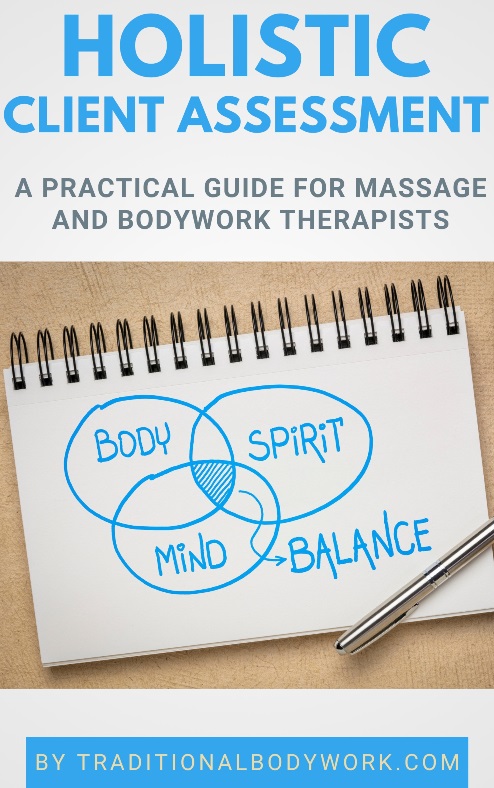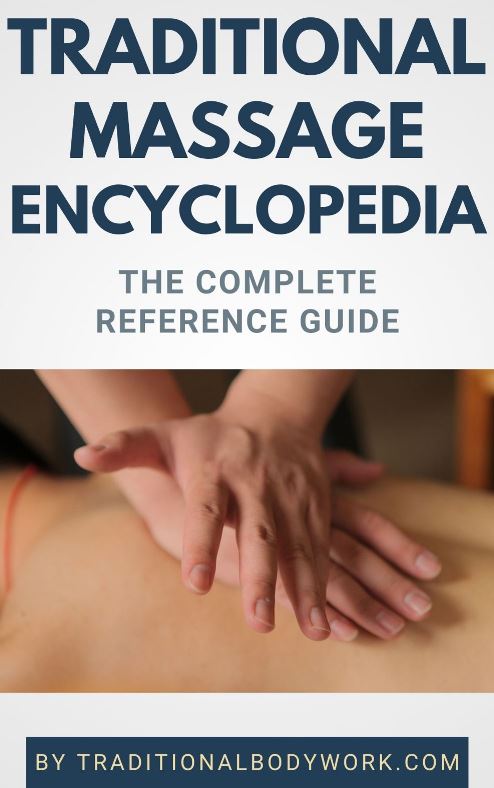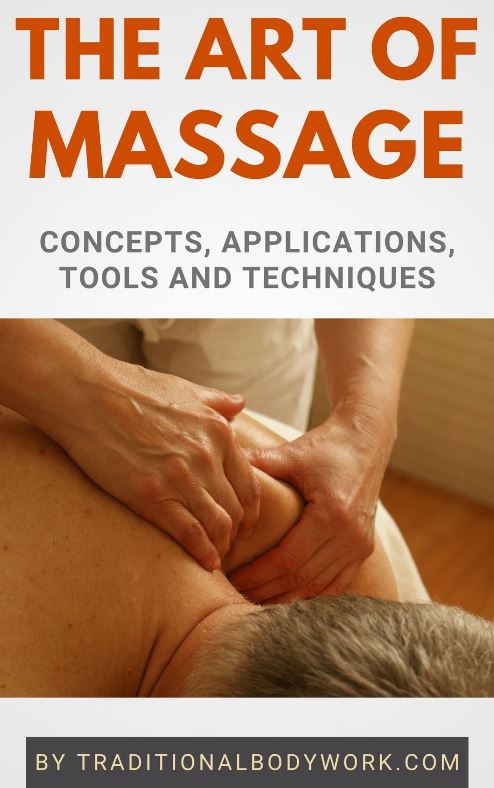
One of the important things I experienced as a massage therapist in client assessment sessions is that one needs to be extremely vigilant and really scrutinize the answers a client gives to our questions.

There are some “booby traps” we need to avoid. In fact, it’s basically about stating our questions in the right way such that the answer given by a client can leave no doubt.
But let me give some examples to clarify this.
For instance, if we ask a client if they suffer from high blood pressure they may say that they don’t, even if they have. How come? Well, most clients who take medication for high blood pressure will say that they don’t have high blood pressure. You might think I’m joking here, but this is really the case.
In fact, they indeed have no high blood pressure now because they take medication. But medication against high blood pressure is merely suppressing the symptoms. The underlying cause is still there, which is important information for a holistic therapist. So the right question a therapist should ask a client is if they use medication against high blood pressure. Such a question will give the type of answer we’re looking for.
This goes for many issues that involve medication. What I mean is if you ask questions like “do you have diabetes?,” “do you have heart problems?,” “do you have headaches?,” or “do you have heartburn?” you might receive the wrong answer if you don’t explicitly ask the client if they use medication to tackle health conditions.

The same thing counts for pains. For instance, if someone uses medication against low back pains they might say to you that they don’t have low back pains.
But actually they do have a back problem, and as a therapist you want to help this client to find the root cause of their pains and try to eliminate it. So, here again, it’s very important to always ask people after the medication they use to avoid “traps,” that is, to avoid receiving incorrect information.
In this regard, even if people don’t use medication, they might say they don’t have pain because they have become used not to make the movements that cause pain. For instance, I have seen this now and again with people who have lower back issues. They have compensated their pains by becoming rigid; muscles and tendons in the area have become shortened, hard and inflexible, which keep the back more or less immobile.

The problem here is that this person is more prone to get injuries when there are unexpected movements, apart from having less range of motion and a worsened blood circulation to the area, which will cause other health issues in due time.
Another thing therapists need to be aware of is that people and their private situations can change rapidly, so even with regular clients it’s advised to again (quickly) go through an inquiry phase before each session just to check if there may be any new data that needs to be taken into account.
In any case, the purpose of this post is to make you aware that clients may not tell the “truth.” Most of the time this is not deliberate, yet, therapists need to be alert and ask the types of questions that give complete and accurate information about the health situation of their client in order to come to proper assessment and diagnosis.

















